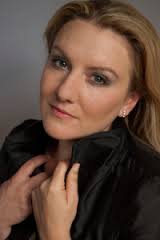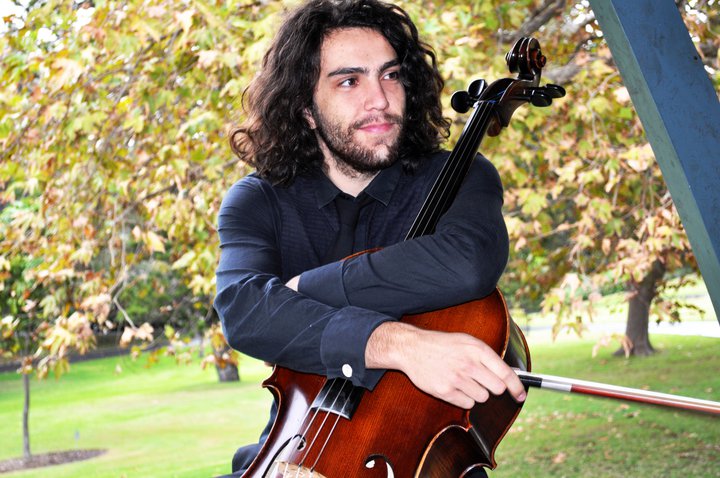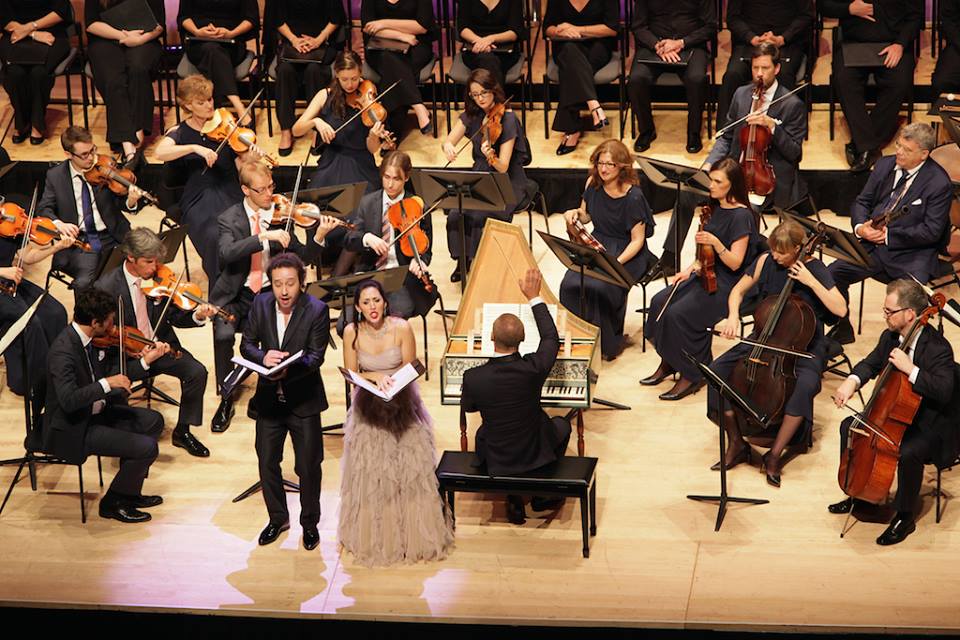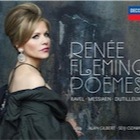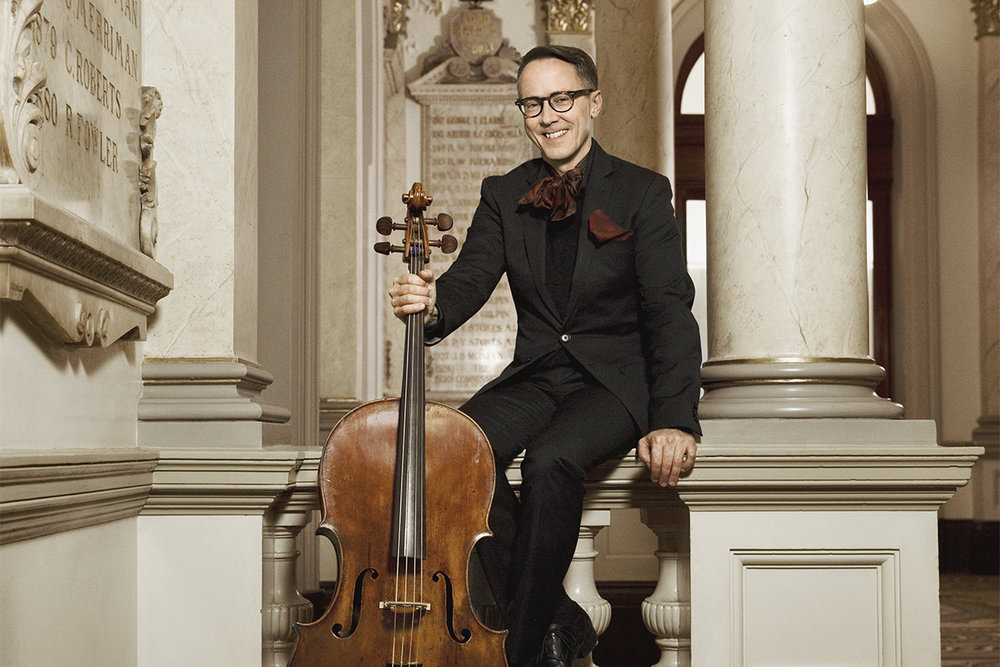Concert Review: Australian Haydn Ensemble/Celeste Lazarenko
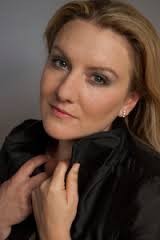
Australian Haydn Ensemble
with Celeste Lazarenko
Utzon Room, Sydney Opera House
26 September 2015
Erin Helyard, Director and Harpsichord/ Skye McIntosh, Artistic Director and Violin/ Matthew Greco, Violin/ James Eccles, Viola/Anthony Albrecht, Cello/Jacqueline Dossor, Double Bass/ Melissa Farrow, Flute.
Although formed only four years ago, the Sydney-based Australian Haydn Ensemble has established itself as a welcome addition to the early music scene. They specialise in chamber-scale performances of the late baroque and early classical periods and regularly give concerts in Sydney, Canberra and various NSW country centres.
For their most recent concerts the illness of soprano Taryn Fiebig imposed a change of programme. At relatively short notice the ensemble was joined instead by the soprano Celeste Lazarenko who has built a substantial reputation both in Australia and in Europe. Instead of the announced music by the rarely performed Johann Adolf Hasse, we heard lesser-performed vocal music by Haydn and Mozart.
The director for the evening, Erin Helyard, explained that the programme was intended to give the flavour of a musical entertainment in a prosperous eighteenth century domestic setting. So the works were a mixture of vocal and instrumental, where the performers feel free to perform arrangements and add additional instruments when they are available. Helyard also explained that during the late Eighteenth Century movements of a symphony were normally interspersed with vocal and other instrumental items and this concert would do the same.
The concert opened with Michael Haydn’s String Quartet in C (MH 313). This is a pleasant three movement work in which Erin Helyard reinforced the bass line by adding a harpsichord continuo. In the lively first movement the string players displayed a fine sense of ensemble and blend which was assisted by the more mellow sound produced by gut strings. The minuet second movement is rather less inventive, but the ensemble nevertheless captured its jaunty spirit well. The final movement evoked peasant dancing with engaging cross rhythms. The ensemble’s Artistic Director, Skye McIntosh, led the ensemble with stylish playing which seemed to relish the way in which thematic motifs are tossed back and forward between the instruments. The cellist Anton Baba provided a well-projected and expressive bass line, while the inner parts played by Matthew Greco and James Eccles were well matched and blended.
Celeste Lazarenko then sang Mozart’s rarely performed concert aria Schon lacht der holde Frühling (KV580) which was written for insertion in Paisello’s opera The Barber of Seville. This is technically very demanding and Lazarenko surmounted the challenges with apparent ease. Her tone suits Mozart ideally. It is pure, well projected and even throughout the wide vocal range which Mozart requires in his display arias. Her phrasing and control of legato were unfailingly elegant and her coloratura was accurate and energetic.
The first half of the concert ended with the first movement of Haydn’s Symphony no. 102 played in an anonymous eighteenth century chamber arrangement. The symphonies Haydn wrote in London were very popular, and people wanted to hear them even when a full-sized orchestra could not be assembled. This led to many chamber arrangements being made so that the music could be heard domestically. In this performance the bass line was further reinforced by double bass Jacqueline Donner. The only wind instrument was a classical flute played by Melissa Farrow. This chortled along delightfully though there were occasional difficulties of intonation.
The second half of the concert opened with the slow movement from the Haydn symphony, followed by Haydn’s Scena di Berenice, which is in four contrasting sections. These gave Lazarenko the opportunity to express the shifting emotions in the recitatives, elegant phrasing in the slow aria and clean coloratura in the brilliant final section. Again, the extremes of the vocal register were negotiated effortlessly.
The printed programme ended with the last two movements of the symphony. For the most part, the reduced chamber arrangement worked well, though the absence of wind instruments was more noticeable in the trio section of the minuet. In the last movement the ensemble highlighted Haydn’s sense of fun, and their energy and cohesion of ensemble ended the symphony most enjoyably.
As an encore Lazarenko returned to the platform to sing Mozart’s aria Nehmt meinen Dank (K383). In some ways, this was perhaps the highlight of the concert. Lazarenko’s fine control of vibrato and beauty of tone, especially in her upper register brought this evening of domestic music-making to a magical conclusion.
The Australian Haydn Ensemble’s next concerts in December recreate Haydn’s orchestra at the Esterházy palace. Performances will be given in Canberra, Newcastle and Sydney.
Larry Turner for SoundsLikeSydney©
Larry Turner has been singing in choirs for many years – both in Sydney and London. He is an avid attender of operas and concerts, with an emphasis on vocal music. He particularly enjoys music from both the great a capella period and the baroque – especially the lesser-known works of Bach and Handel. He has written programme notes for Sydney Philharmonia, the Intervarsity Choral Festival and the Sydneian Bach Choir and is currently part of a team researching the history of Sydney Philharmonia for its forthcoming centenary.

